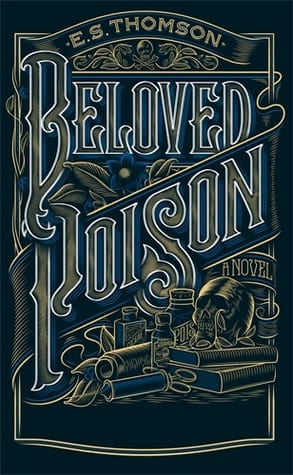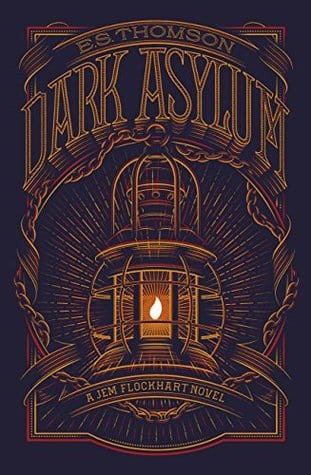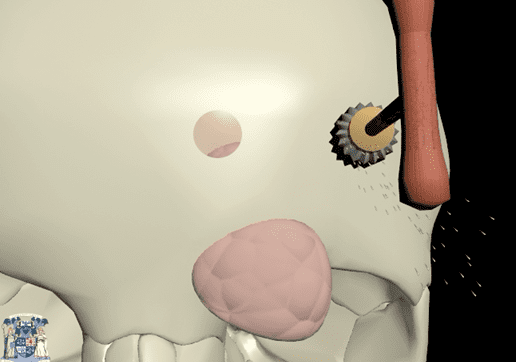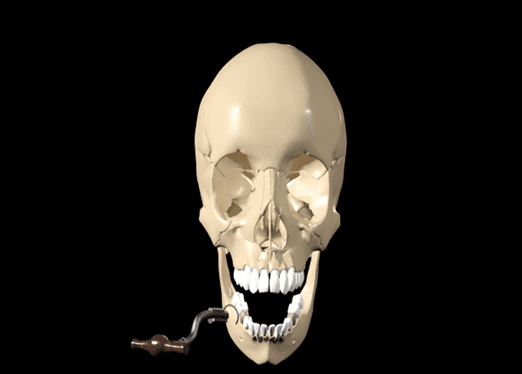As part of our new Visualising Medical Heritage Project, a series of events will take place between now and 2019 where we will explore the different potentials of visualisation, combining medical history, science, and the creative arts.
The first of these events happened recently on 25th November, where our Visualisation Project Officer (VPO), Kirsty Earley, joined forces with ES Thomson, author of the historical medical fiction series following Jem Flockhart through the grimy streets of Victorian London. The day saw aspiring writers, visualisation artists, and medical practitioners explore how historical fiction and visualisation could be used together to better explain medical history.

Thomson carried out a variety of writing exercises using excerpts from her books, “Beloved Poison”, “Dark Asylum”, and the upcoming third in the series, “The Blood”, challenging the writers to find their own style and adapt scenes. Attendants were able to look through a variety of photographs, portraits, and instruments held within our collection and were encouraged to use these items to inspire their own medical history fiction pieces.


In the afternoon there was an explanation of what visualisation actually is and how it is being applied today not only in heritage, but also in clinical practice, academia, and tourism. Our VPO then presented a showreel of several visualisation products that have been created thus far in the project, and it was then down to the participants to use these products to further influence their fiction pieces.


Feedback from the participants was extremely positive, many saying that they see a real benefit from combining visualisation with the writing process as a better way of understanding the period in which they are setting their stories:
“Looking forward to seeing how the experiment pans out. I think it’s going to be rather special.”
“The workshop yesterday was amazing and very inspiring…Can’t wait for the next experimental event!”
“I certainly had an interesting and stimulating day. Thanks!”
With such a positive start to the project, we hope that future events will further inspire and excite people when looking at medical history.
Future Visualising Medical Heritage events for 2018:
February 2018 – Visualising Medical Heritage school event
May 2018 – Visualising Medical Heritage and Storytelling – a family workshop
August 2018 – Visualising Medical heritage and Anatomy


Leave a Reply